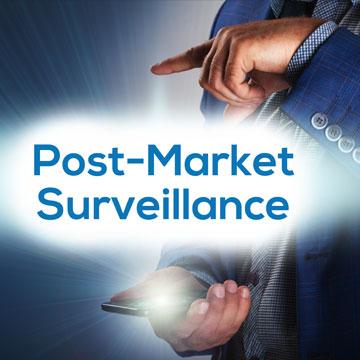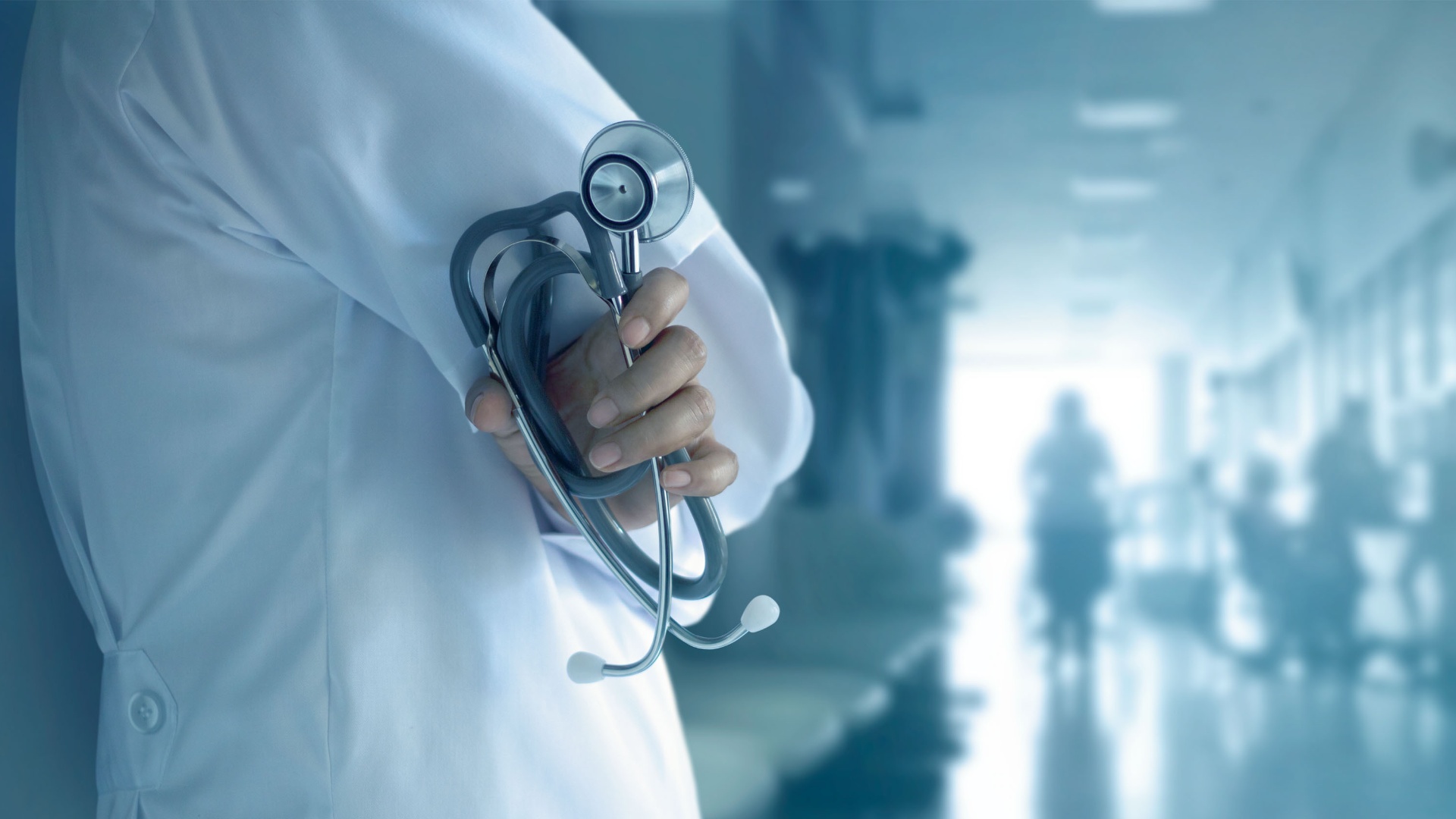The new article describes in detail the regulatory requirements related to reporting incidents with medical devices and other healthcare products.

Table of Contents
The Ministry of Health of Kenya, Pharmacy and Poisons Board, has published a guidance document dedicated to post-market surveillance of medical products allowed for marketing and use in the country. The document provides additional clarifications regarding the applicable regulatory requirements, as well as recommendations to be considered by all the parties involved. However, provisions of the guidance are non-binding, and in case of discrepancies with the respective provisions of the underlying legislation, the latter should prevail.
The scope of the guidance covers, inter alia, the requirements, processes, and procedures associated with reporting incidents and adverse events related to healthcare products (including medical devices) allowed for marketing and use in Kenya. The document highlights the key points and describes the approach to be followed by medical device manufacturers, healthcare professionals, and all other parties involved in operations with medical devices.
Reporting Parties
First of all, the document describes the parties subject to reporting obligations. According to the guidance, the scope involves all healthcare professionals, laboratory staff, personnel of manufacturing companies, authorization holders, and importers. At the same time, patients are also encouraged to submit reports regarding the incidents they have faced. The document also provides whistleblowing procedures according to which the identity of the persons filing the reports should be protected to ensure confidentiality. Moreover, confidentiality should be also ensured concerning any information related to the patient(s) involved. The authority also mentions that the submission of a report itself will not be construed as an admission of liability. The authority also encourages all the parties involved to submit reports even in case the situation is unclear and there is only suspicion.

Reportable Events
The document further outlines the scope of events subject to reporting. According to the guidance, the issues to be reported include:
- All suspected substandard or falsified MPHTs include; conventional medicines, allopathic medicines, traditional/alternative/herbal medicines, biologicals, vaccines, x-ray contrast media, medical devices, in-vitro diagnostics, and cosmeceuticals;
- All deviations in quality parameters of products;
- All deviations in the manufacturer’s recommended storage conditions for products.
Reporting Process in Detail
According to the guidance, the report should be submitted as early, as it is reasonably possible. To submit a report, a party involved should use the appropriate form. The report itself could be submitted either online or in any other way.
The authority additionally emphasizes the importance of ensuring the accuracy and completeness of reports. In this respect, a party submitting the report should ensure that the appropriate form is filled out properly, and all the important information is provided. The details about the product in question the authority expect to receive include but are not limited to product category, brand name, batch number/lot number, unique identifiers, name of the manufacturer, date of manufacture and expiry, date of receipt at the healthcare facility, name of distributor/supplier, storage conditions of the products and contacts of the reporter. Apart from the abovementioned details, it is also necessary to provide information about the reporter, including contact details, since the authority may get back with additional requests regarding the incident reported and the product involved.
The reporters are encouraged to submit reports online via the special reporting system. However, reports could be also submitted in paper format.
Post-marketing Surveillance of Medical Devices: Overview
The guidance also provides an overview of the existing regulatory requirements regarding the post-marketing surveillance of medical devices, including the in vitro diagnostic ones. The authority defines a medical device, and also mentions that all medical devices are divided into classes depending on their intended use and risks associated thereto. To be allowed for marketing and use in the country, medical devices should meet the applicable safety and performance requirements.
The authority also encourages medical device manufacturers, importers, and other parties involved in operations with medical devices to contact the authority and request additional clarifications to be provided in case of any doubts regarding the way adverse events should be reported. Under the general rule, in case of any issues associated with a medical device, a party responsible for it should investigate to identify the root cause, and also evaluate the risks for patients and/or users. Based on the results of the said assessment, specific actions should be performed to ensure continuous safety and effectiveness. Such actions may include:
- Corrective actions / preventives actions [related to] the manufacturer’s / distributor’s quality management system;
- Informing users of the device or IVD;
- Making corrections to the device or IVD, and
- Removal i.e., recall the medical device or IVD from the market.
The document also specifies the cases when the authority should be notified about the actions taken without undue delay. This includes, inter alia, corrective actions intended to ensure the safety of patients, removal of the product from the market, and also notifying users about the issues associated with the product.
According to the guidance, certain non-recall actions could be implemented voluntarily, in case a recall is not required due to the nature of an incident in question and risks associated thereto. As further explained by the authority, non-recall actions include, inter alia, the following ones:
- Safety Alert – a special notice issued to inform about safety-related concerns and actions to be taken to ensure the safety of use. The alert provides additional information to be taken into consideration by the parties using the device in question.
- Product Notification – publishing information about the issue which is not expected to result in serious safety- or performance-related consequences.
- Product Withdrawal – Remove the product from the market for reasons not related to its quality, safety, or performance.
- Product Recovery – returning the products, which haven’t been supplied to end-users, to the manufacturer or importer.
- User information – any actions related to publishing additional information about a medical device in response to the issues associated thereto.
As further explained in the document, notification on quality-related issues should be published in the case when:
- An issue could potentially result in serious adverse health consequences (notification should be provided within 24 hours);
- The use of a product could result in adverse consequences temporary in their nature (notification should be provided within 7 days);
- The use of a product is not reasonably expected to result in severe consequences (notification should be provided within 14 days).
For all the abovementioned cases, the calculation of the term should begin from the moment the information about the quality-related issue became known to a responsible party.
In summary, the present guidance provides an overview of the applicable regulatory requirements for incident reporting. The document describes in detail the actions to be taken in response to an issue identified, and also the way such actions should be reported to the authority.
Sources:
How Can RegDesk Help?
RegDesk is a next-generation web-based software for medical device and IVD companies. Our cutting-edge platform uses machine learning to provide regulatory intelligence, application preparation, submission, and approvals management globally. Our clients also have access to our network of over 4000 compliance experts worldwide to obtain verification on critical questions. Applications that normally take 6 months to prepare can now be prepared within 6 days using RegDesk Dash(TM). Global expansion has never been this simple.

